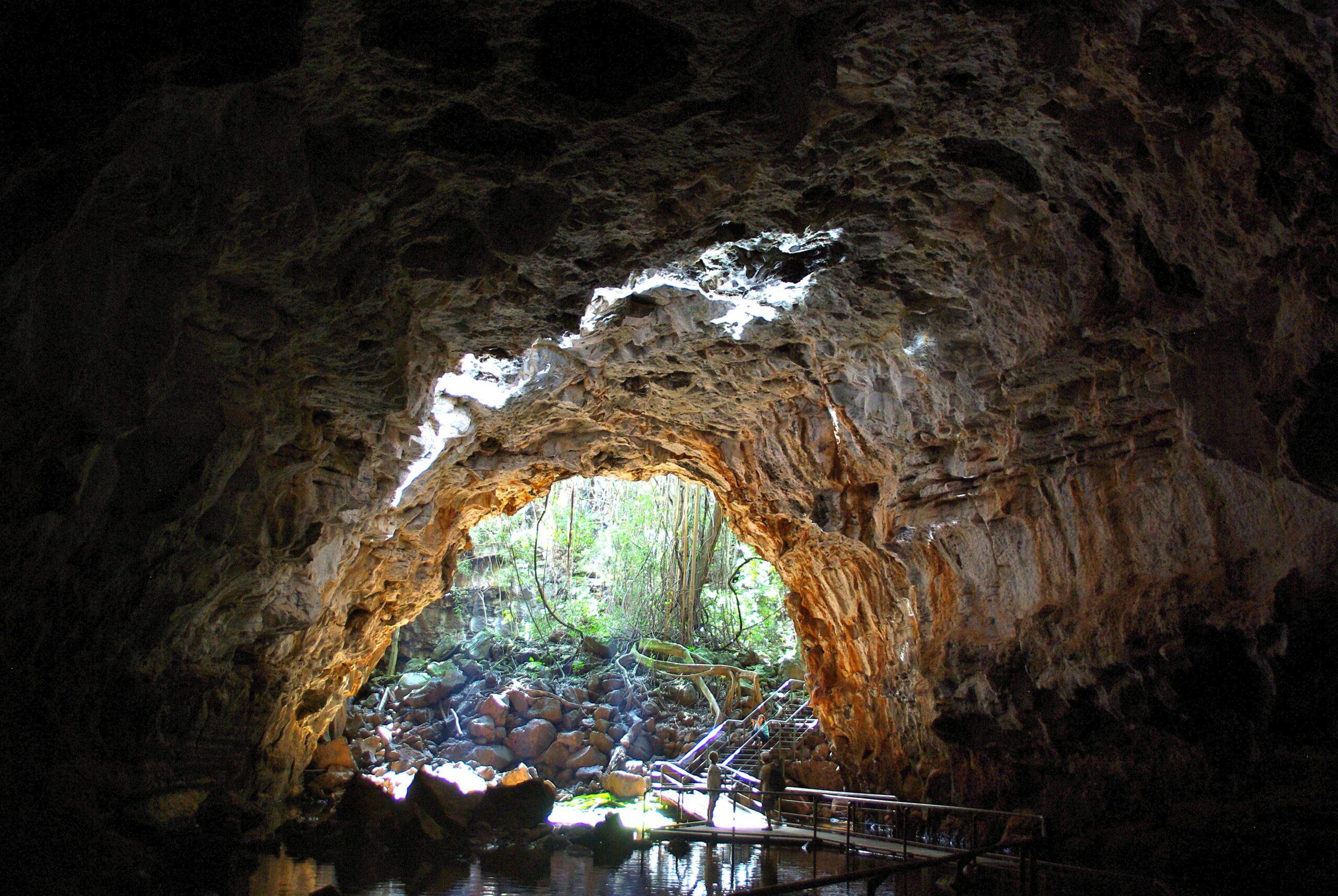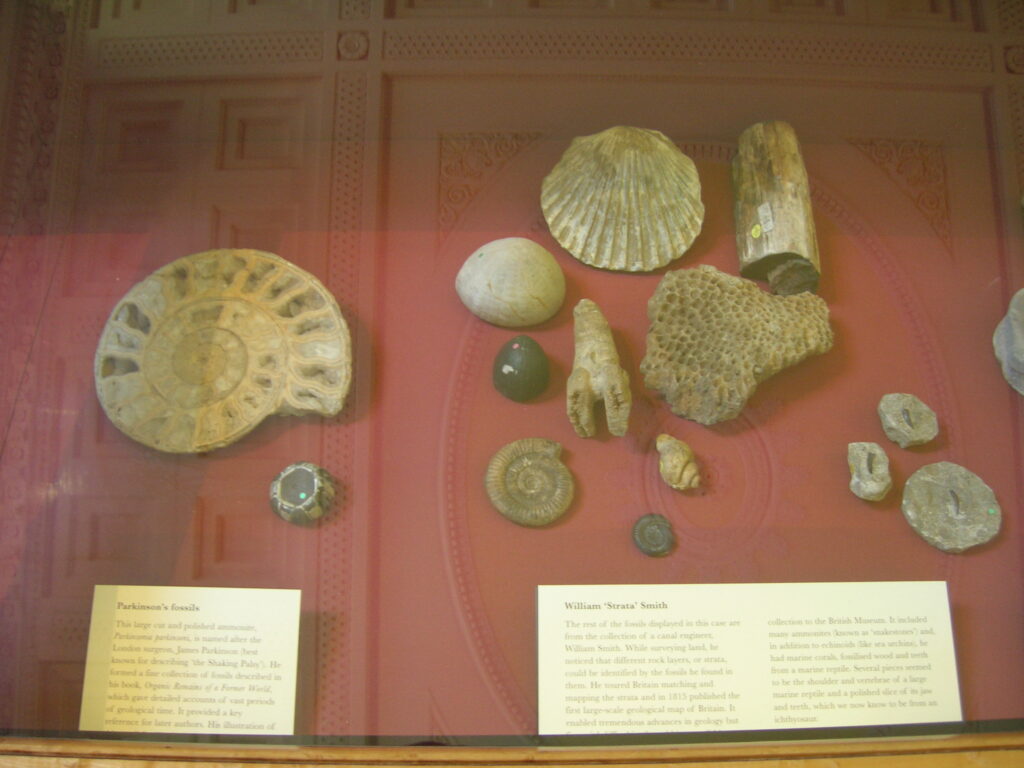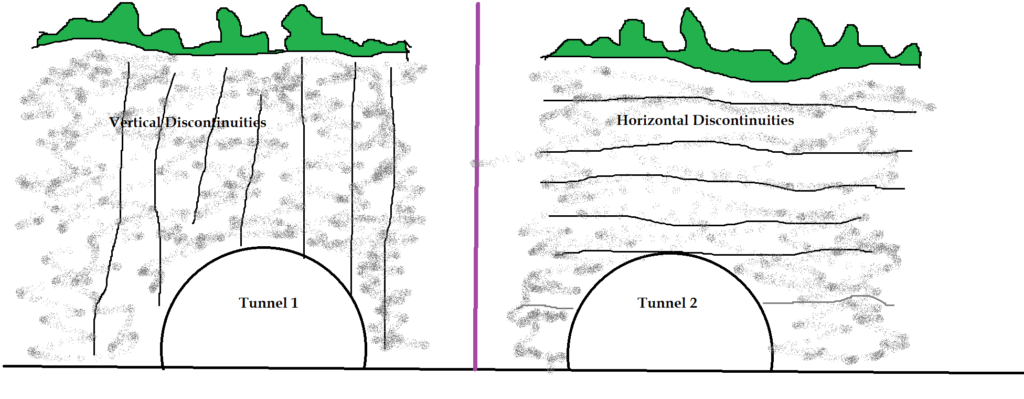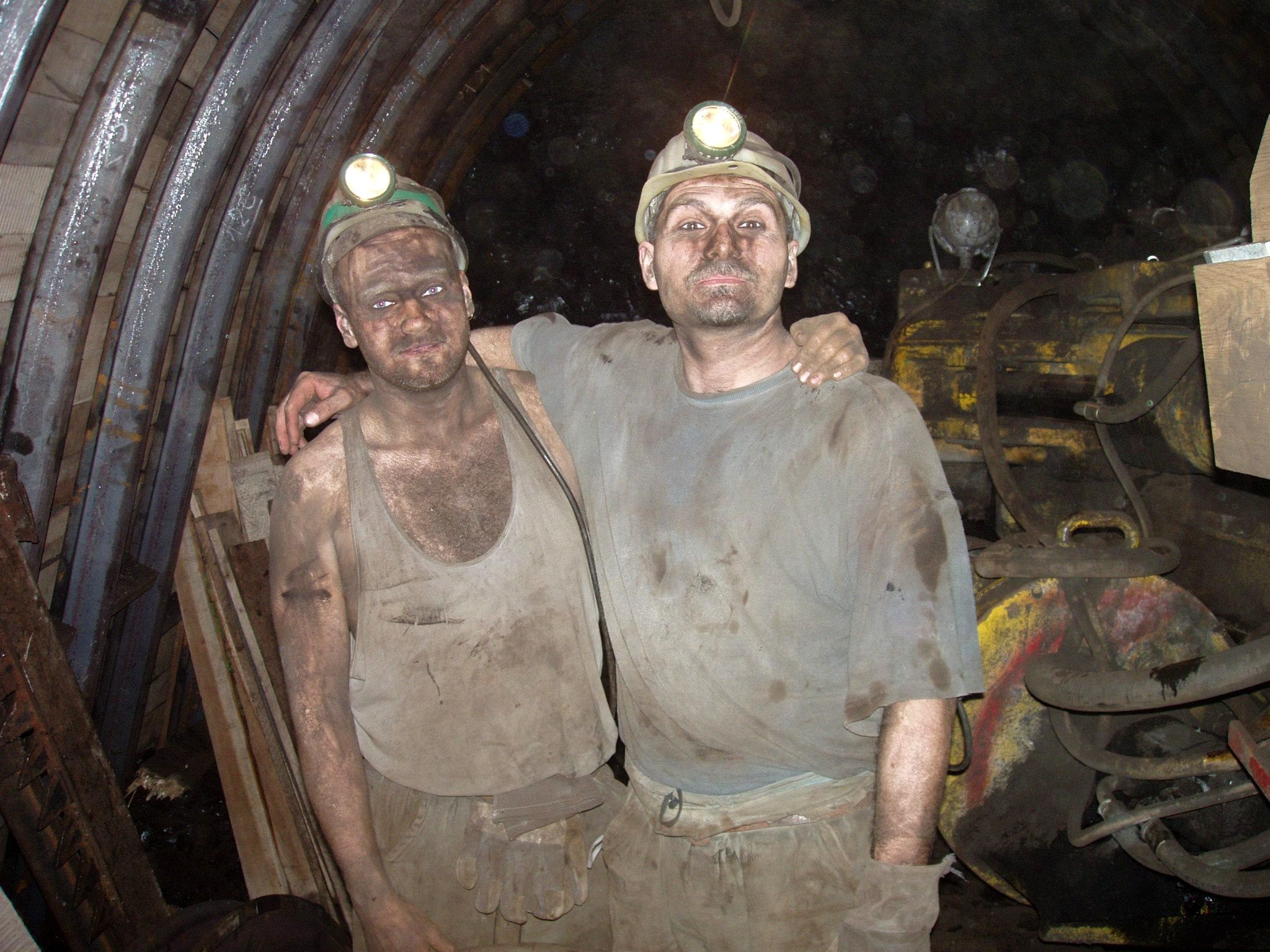Story 4: Why We Need to Understand the Rock Structures?

Continued…… Story 3.
As we know on this site we always focus on the fundamentals of everything we discuss here. We always try to explain in a simple way and sometimes with a story, so that readers can understand it very easily and quickly. After reading the first 3 stories you got a little idea of rock and rock masses. Now we will discuss about rock structures. The Director of the Institute (ISM, Dhanbad) was a fantastic professor, researcher, and also an innovative personality. He always used to start his classes with an interesting story. In this chapter, I’ll just recall his speech and what he said in a class on rock mass classification.
History
Do you know – who is William Smith? No- no; I am not talking about Hollywood actor. William Smith from Great Britain, was a geologist in the 18th century. He was a renowned geologist who made significant contributions in the field of geology and even his research and published papers were an important foundation for the work of Charles Darwin. In 1815 he published a geological map of England and Wales. In early 18th century when people even didn’t know anything about rock at that time he prepared a details map based on different rock stratigraphy of a whole country. Can you believe, how much effort he made to prepare the map? The question is not on his effort the question is how? How he differentiated the strata of different areas?
See the below pictures of fossils collected by him in his lifetime (*taken from Wikipedia). At that time he recognized that strata contained distinct fossil assemblages which could be used to match rocks across regions.

He distinguished rocks based on different stratigraphy. Stratigraphy means simply the different origin, compositions, and arrangements of different rock layers (strata). In the early 90s, again discussion started on the classification of rock when there was a need for tunnel excavation for the development of roads and infrastructures. During the excavation of tunnels, engineers were facing issues of rockfall and even sometimes collapsing of the tunnel. The differentiation on the basis of stratigraphy which was done by William Smith was just a knowledge base. It couldn’t be applied in tunnel excavation. Then engineers applied a different technique to differentiate rocks from different-different sites. What was that?
Starting of modifications
One Italian-origin geotechnical engineer Mr. Karl von Terzaghi was a front-line designer and engineer of a hydroelectric power plant(Adolph von Pittel) in Croatia and Russia. During his tenure in that company, he was assigned to design and construct steel-reinforced structures and dams. He classified rockmasses on the basis of -“Upto how much load it can sustain and how much support is required to make the site safe”. At that time it was very popular for tunnel excavation. The classification system was named as ROCK LOAD CLASSIFICATION method. He develop this methodology in 1940s.
Then in 1950s, engineers had developed another classification system.
It was standup time classification system. In 1960s, Rock Quality Designation (RQD) was developed which is still being used by almost every geotechnical project. What is RQD?
People started drilling and extracting core before strating any excavation through rockmasses. After extracting teh cores, engineers simply measures how much intact cores they are getting. If the core is intact that mease the rock is strong and if the core is broken or fractured, then obviously the rock mass is weak. Examining the cores on the basis of intactness is very simple and was a perfect representation of the site specific rockmass. The simple formula of RQD is the ratio of intact core received divided by the total core drilled. It is represented in percent.
Now think about two different situation- One is the fractures of rock is horizontal direction and in second case the fractures of rock are in veritical orientation. Do you think if we excavate two tunnels in these two different conditions of rock structures, the stability of those two tunnels will be same?

In the case of horizontal discontinuties- those structures will act as a beam and can take sufficient load, but the case of vertical discontinuties those vertical blocks will have the tendency to fall with its own gravity load, hence stability condition will be little bit in lower side comparing to the first case. So we can understand, not only the intactness of the rock but also it depends on the orientation of the discontinuties and fractures.
Then in 1970s scientists developed another classification system that considered not only the strength of the rock but also the different conditions and orientations of discontinuties/fractures.
They named this classification system as Rock Mass Rating (RMR). Mr. Z. T. Bieniawski, a geotechnical engineer from Poland developed this classification system. It is simply the combination of rock strength, RQD and the parameters of discontinuties/ fractures (structures).
RMR= Intact Rock Strength + RQD + Discontinuity spacing + Discontinuity condition.
Scientists have prepared different chart for different parameters to convert the abovementioed parameters into different numbers. Later we’ll discuss about those charts and how to calculate RMR.



